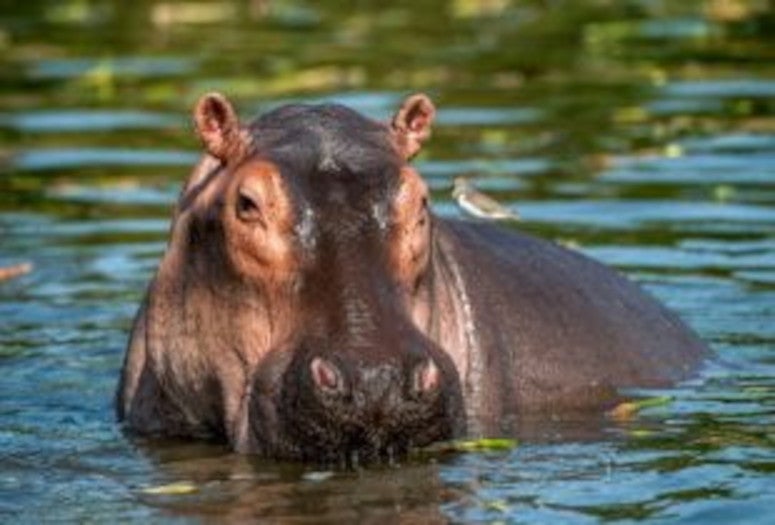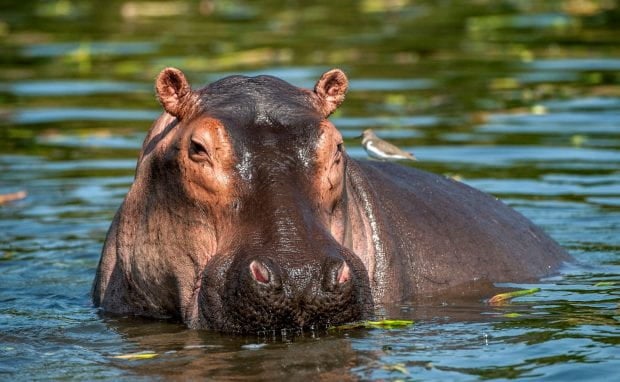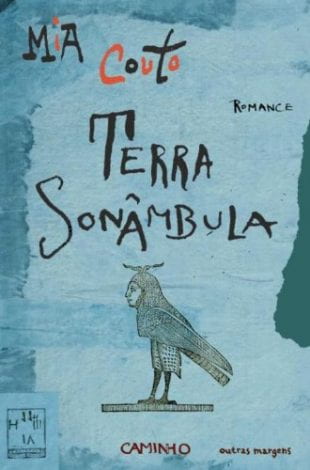Animals suffer terribly during wars; consider the 8 million horses, donkeys and mules killed during World War I transporting ammunition to the front lines. And although animals are generally overlooked victims of wartime violence, they do figure prominently in Latin American and African literature about war — often emblematic of the innocent victims of fighting and destruction.
That’s the topic of an upcoming book from Sophie Esch, assistant professor of Spanish, Portuguese and Latin American Studies at Rice. And thanks to a recently won National Endowment for the Humanities (NEH) summer stipend, a competitive grant with an 11% acceptance rate, she’ll spend part of her summer working on a new chapter for her second book project, “Animals and Armed Conflict in Contemporary Literature from Latin America and Africa.”
Esch’s first book, “Modernity at Gunpoint,” explored the recurring theme of firearms in Mexican and Central American literature.
“I have a background in working on nonhuman aspects of war, and with this new project I want to expand on that by looking specifically at animals in in war and postwar narratives,” Esch said.
To illustrate her project, Esch always tells the story of Pablo Escobar’s discarded quartet of hippopotamuses.
Left behind on Escobar’s compound after the Colombian drug kingpin was killed in 1993, the hippos have famously become one of the Latin American country’s biggest invasive species. The original four herbivores were fruitful and multiplied: The New York Times recently cited one expert’s estimate that “by 2050 there may be anywhere from 800 to 5,000 in a landscape that never before knew hippos.”
More than just a fascinating new biological element in Colombia, the hippos have also become a cultural touchstone in Latin America. This fascinated Esch, a literary scholar concentrating on Spanish- and Portuguese-language novels from the global south for her second book.
“The interesting thing is that the hippos also appear in novels related to drug trafficking, both in Colombia and Mexico,” Esch said. “You have an African mammal that is suddenly trudging through Latin American literature.”
The hippos, she observed, are often used by authors writing about trauma — especially the trauma of drug wars. There is often no presumed innocence for victims of the drug wars; instead, victims are often discussed as “deserving” their fate because they were involved in drug trafficking.
“And since it's so hard to talk about human innocence, the animal then functions as a way to talk about innocence, because nobody can assume that the hippo is a narco,” Esch said. “This makes it possible to talk about trauma and innocence.”
In war-torn countries such as Mozambique, Esch said, other animals become emblematic of the toll taken on innocent creatures. The human losses during that country’s 16-year civil war were immense: over one million people killed, over five million displaced. Wildlife was heavily impacted, too. The popular Gorongosa National Park was reduced to a battlefield. Over 95% of the wildlife in the park was killed: elephants, zebras, wildebeest, antelope and countless other iconic African species.
In “Sleepwalking Land,” a now-seminal piece of Luso-African literature by acclaimed Mozambican author Mia Couto written toward the end of the civil war, the novel’s protagonists try to reckon with the destruction that’s so thoroughly changed Mozambique by reimagining a new country.
The landscape of this new country shifts constantly but animals are present throughout, as Couto — a biologist as well as novelist — writes about their encounters with rogue goats or injured elephants.
“Over time I started to understand why animals play such an important role in his writing, because he’s trying to view the human more within a web of life than just by itself,” Esch said.
What is the bigger picture told by human conflict? Does considering war's toll on animals, both wild and domesticated, give us a better and broader understanding of how destructive humans can be? And what are the implications of using animals as stand-ins for discussing trauma, grief and violence in human art and literature?
These are all topics Esch will explore in her book, which focuses on animals big and small, from pachyderms and pigs to mosquitoes.
Though she notes that one animal was purposefully omitted from the broad scope of coverage.
“There's just too many novels about dogs or mistreated dogs or dog narrators — I mean, dogs appear everywhere,” Esch said. “But I'm actually excluding dogs, because I feel that the relationship between humans and dogs is so specific that you could just write an entire book on dogs.”




